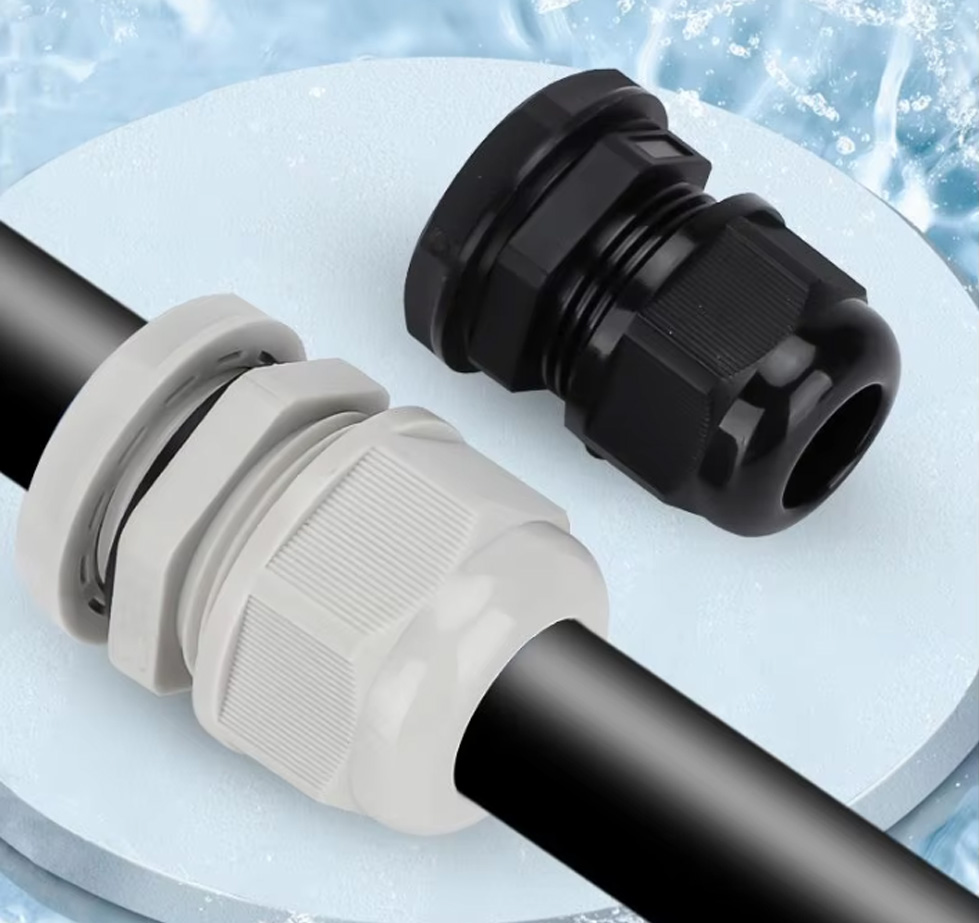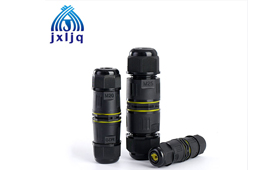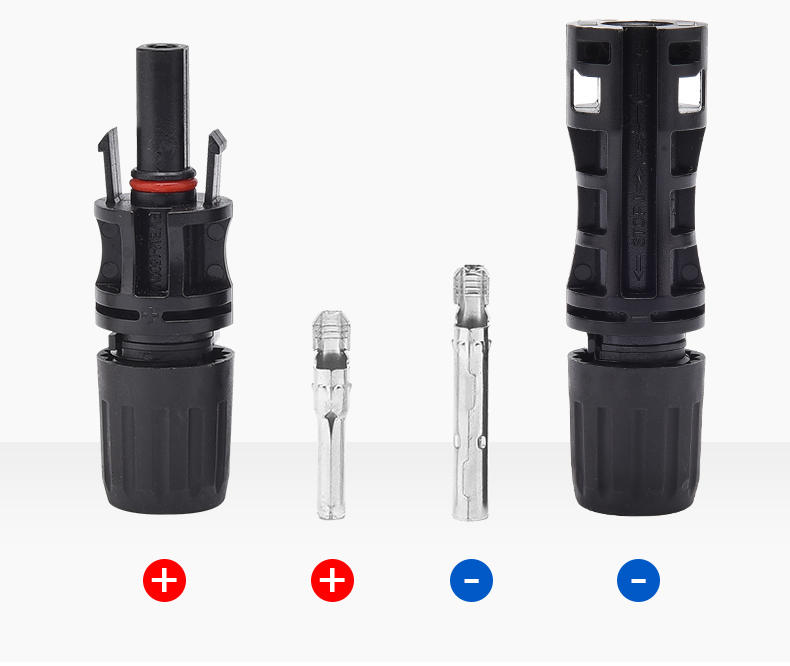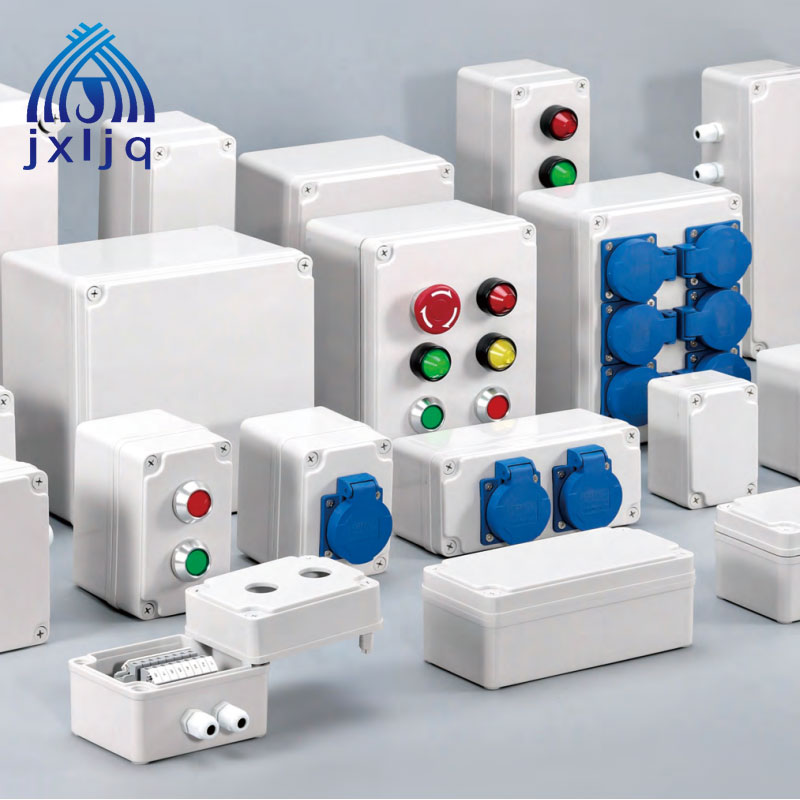What is Cable? The Backbone of Modern Connectivity
Cables are the invisible lifelines of our technological world, silently transmitting power and data across vast distances. From powering homes to enabling global communication networks, cables play a pivotal role in modern infrastructure. This article explores the definition of cables, their diverse types, applications, and the critical role of cable connectors in ensuring reliable connectivity.
1. Defining Cables: Structure and Purpose
A cable is an assembly of one or more conductors encased in insulating materials and protective layers. Its core function is to transmit electrical energy or signals between two points. A standard cable consists of:
Conductors: Carry current or signals.
Insulation: Prevents energy leakage and electrical hazards.
Shielding: Protects against electromagnetic interference.
Outer sheath: Resists environmental damage like moisture, heat, or abrasion.
2. Types of Cables
There are many types of cables, each designed for a specific purpose:
Power cables: Used to carry electrical energy from a power source to a destination. The conductors are usually made of copper or aluminum, which are highly conductive, and are covered with insulating materials such as polyvinyl chloride or cross-linked polyethylene to prevent leakage and ensure safety.
Data Cable: Designed to transmit digital information such as data, voice and video signals. Fiber optic cables use glass or plastic filaments to transmit light signals. With higher bandwidth and faster data transmission rates, they are ideal for long-distance communications and high-demand applications such as telecommunications and data centers.
Coaxial Cable: Made up of a center conductor, insulation, metal shielding and outer protective jacket. It is widely used in television and radio broadcasting, cable television and Internet networks because it can minimize signal interference and maintain signal integrity over long distances.
3. Applications Across Industries
Cables are ubiquitous in modern life:
Energy Sector: Transmit electricity from power plants to homes.
Telecommunications: Enable global internet and phone networks.
Transportation: Power electric vehicles and control railway signaling.
Healthcare: Connect medical devices like MRI machines.
Consumer Electronics: Charge smartphones and link home appliances.
4. How the cables are connected?
Cables are essential for transmitting power and data, but they cannot be separated from the cooperation of cable connectors. Cable glands are used to connect two or more cables together, or to connect cables to devices or components. There are many types and styles, each designed for specific applications and cable types:
EMC cable glands: specially designed for electromagnetic compatibility, using high-quality materials and precision manufacturing to ensure signal stability and anti-interference. Whether in industrial control, automation equipment or communication fields, it can provide reliable protection.
Explosion-proof cable glands: Made of special materials, they have the characteristics of resisting high pressure and preventing ignition of explosive mixtures. They have a solid metal shell and sealing elements to ensure a tight fit with the cable, prevent gas or dust from escaping into the shell, and protect the cable from damage.
Fiber optic connectors: Used to connect fiber optic cables to devices such as routers, switches and servers, they are usually more complicated than other types of connectors, and installation requires special tools and techniques.
5. Importance of Cable Connectors
Cable connectors are critical in cable connections for the following reasons:
Ensure safe and reliable connections: Loose or faulty connectors can cause arcing, signal loss, or even complete system failure. This can have serious consequences in critical applications such as medical, transportation, and telecommunications.
Protect cables and devices: Provide a physical barrier to prevent cables from being pulled, twisted, or damaged, avoiding problems such as electrical shorts. In addition, many connectors are designed to be waterproof or dustproof, protecting cables and devices from moisture, dust, and other environmental factors.
Easy to install, maintain, and repair: Make it quick and easy to connect and disconnect cables, making it easy to upgrade or replace components as needed. In addition, connectors are often color-coded or labeled to make it easy to identify and troubleshoot problems in the system.

Conclusion
All in all, cables and cable connectors are an essential part of modern technology. Cables provide a means of transmitting power and data, while cable connectors ensure a safe and reliable connection between cables and the devices they are connected to. For those working in the fields of electrical engineering, telecommunications, or information technology, it is essential to understand the different types of cables and cable connectors, their applications, and their importance. As technology continues to advance, the demand for high-quality cables and cable connectors will only grow, and Jixiang Connector provides people with high-quality cable connectors.








